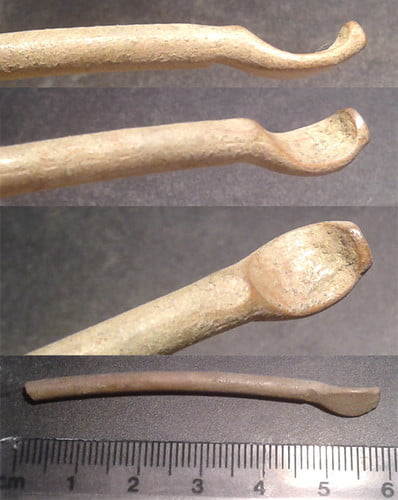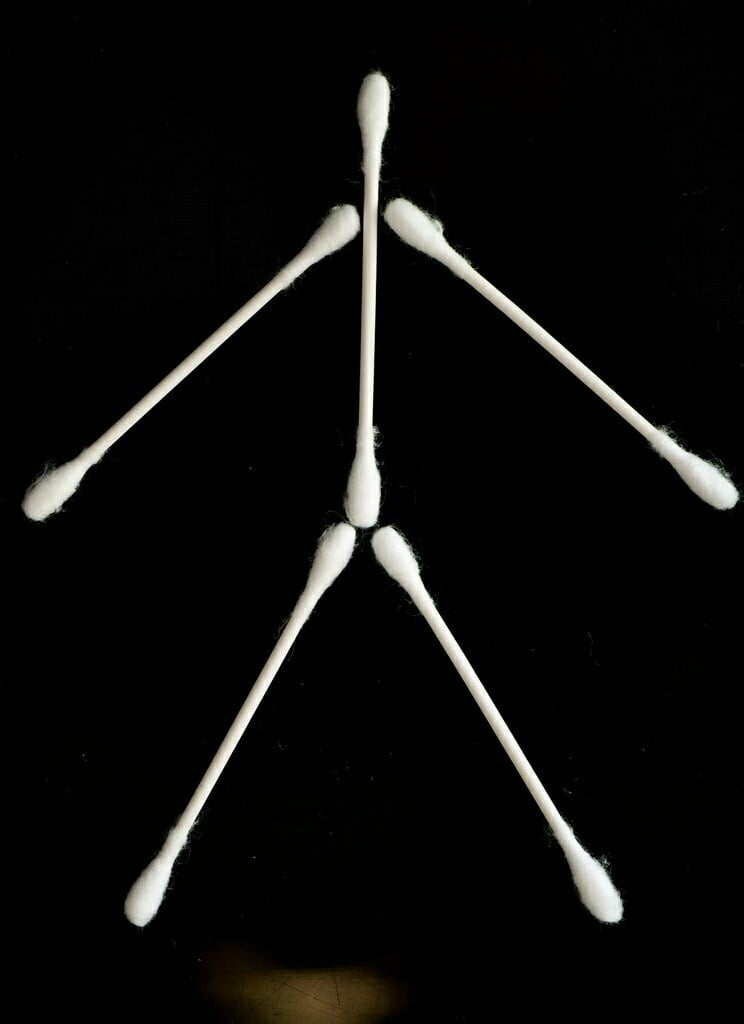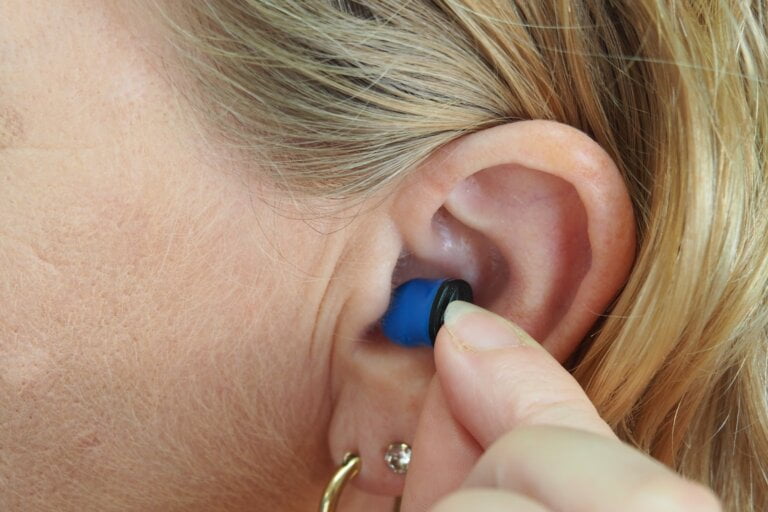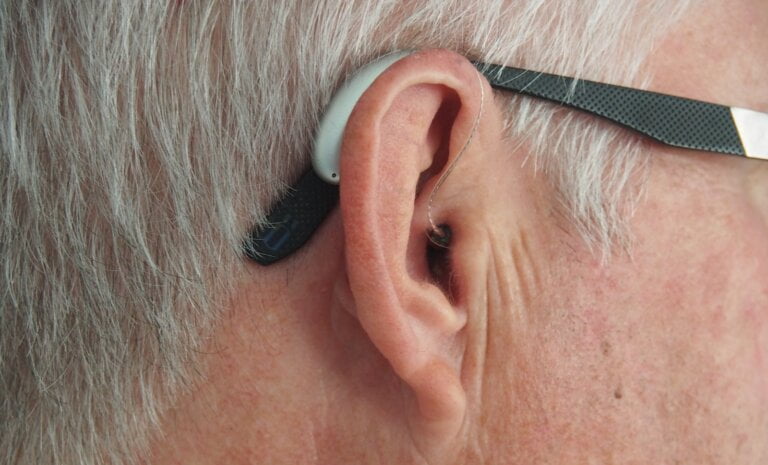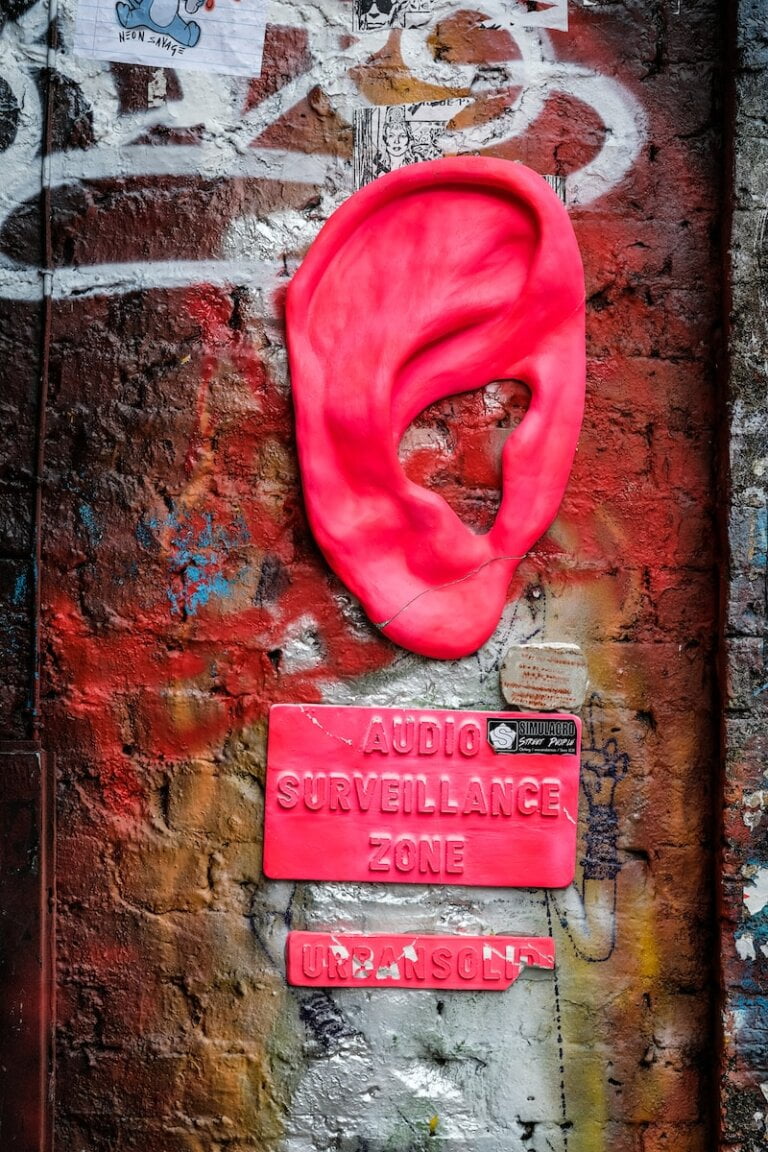A Comparative Review of Manual Instrument Ear Wax Removal Practitioners
Last Updated on 3rd May 2024 by Admin
Ear wax, also known as cerumen, is a waxy substance produced by the glands in our ear canal. While ear wax is a natural and protective substance, excessive buildup can lead to various problems such as hearing loss, discomfort, and even infection. To address this issue, manual instrument ear wax removal practitioners offer their expertise in safely and efficiently removing ear wax using specialized tools. In this comparative review, we will explore the different techniques and approaches employed by these practitioners to help you make an informed decision.
The Importance of Manual Instrument Ear Wax Removal
Manual instrument ear wax removal is a popular method used by many individuals seeking a safe and effective way to remove excessive ear wax. Compared to other methods such as ear drops or ear syringing, manual instrument removal offers several advantages:
-
Precision: Manual instrument ear wax removal allows the practitioner to have precise control over the process, ensuring that only the excess wax is removed without causing any damage to the ear canal or eardrum. This level of precision is essential to avoid any potential harm to the delicate structures within the ear.
-
Gentle Approach: With manual instrument removal, practitioners use specialized tools designed to gently scoop or scrape the ear wax, minimizing discomfort during the procedure. The instruments are carefully crafted to ensure that they do not cause any harm or irritation to the sensitive skin lining the ear canal.
-
Immediate Results: Unlike methods that require the use of ear drops or multiple sessions, manual instrument removal often provides immediate results, improving hearing and relieving any discomfort caused by the wax buildup. This is particularly beneficial for individuals who are experiencing significant hearing impairment or discomfort due to excessive ear wax.
By opting for manual instrument ear wax removal, you can benefit from a precise, gentle, and immediate solution to address your ear wax concerns.
Now, let’s delve into a comparative review of the different manual instrument ear wax removal practitioners and their techniques:
1. Otoscopy-Guided Removal
Otoscopy-guided removal is a commonly practiced technique that involves the use of an otoscope, a medical device equipped with a light source and magnifying lens. This method allows the practitioner to visualize the ear canal and wax buildup, ensuring a more accurate and controlled removal process. The steps involved in otoscopy-guided removal include:
- The practitioner performs a visual examination of the ear canal using the otoscope to assess the extent of the wax buildup. This initial assessment helps the practitioner determine the most appropriate course of action for wax removal.
- Once the wax is identified, specialized tools such as curettes or loops are used to gently loosen and remove the wax. These instruments are designed to safely navigate the curves and contours of the ear canal, ensuring effective removal without causing any harm.
- Throughout the procedure, the practitioner continuously monitors the process using the otoscope, ensuring the safety and effectiveness of the removal. The real-time visualization allows them to adjust their technique as needed and avoid any potential complications.
Otoscopy-guided removal offers the advantage of precise visualization, allowing the practitioner to accurately assess and address the wax buildup in your ear.
2. Microsuction
Microsuction is another popular technique used in manual instrument ear wax removal. This method involves the use of a suction device, typically a small handheld vacuum, to extract the ear wax from the ear canal. The steps involved in microsuction include:
- The practitioner uses a specialized otoscope to visualize the ear canal and determine the location and amount of wax buildup. This initial examination helps them identify the optimal placement of the microsuction probe.
- A small suction tube or probe is inserted into the ear canal, creating a gentle vacuum that effectively removes the wax. The suction device is carefully adjusted to ensure the appropriate level of suction, allowing for efficient removal without causing discomfort or damage.
- The precise control offered by microsuction allows the practitioner to target specific areas of wax buildup, ensuring a more thorough removal. This technique is particularly effective for individuals with stubborn or hard-to-reach wax deposits.
Microsuction provides a safe, efficient, and controlled method for removing ear wax, making it a popular choice among many individuals seeking manual instrument ear wax removal.
3. Endoscopic-Assisted Removal
Endoscopic-assisted removal is a technique that combines the use of an endoscope, a thin, flexible tube with a camera at the tip, with manual instrument removal methods. This approach provides a detailed and magnified view of the ear canal, enabling the practitioner to perform precise and controlled removal. The steps involved in endoscopic-assisted removal include:
- The practitioner inserts the endoscope into the ear canal, allowing for a visual examination of the entire area. The camera at the tip of the endoscope provides a high-definition view, enhancing the accuracy of the removal process.
- Specialized tools, such as micro-instruments or suction devices, are used to safely remove the ear wax while visualizing the process on a monitor. This real-time visualization enables the practitioner to ensure that all wax deposits are thoroughly eliminated.
- The endoscope provides enhanced visibility, ensuring that the removal is thorough and minimizes the risk of any residual wax. This technique is particularly beneficial for individuals with complex wax buildup or those who have had unsuccessful attempts at wax removal in the past.
By combining the benefits of visual guidance with manual instrument removal, endoscopic-assisted removal offers an advanced and highly effective solution for addressing excessive ear wax.
Conclusion
When it comes to manual instrument ear wax removal, practitioners employ various techniques to safely and effectively address excessive wax buildup. Whether it is otoscopy-guided removal, microsuction, or endoscopic-assisted removal, each approach has its own benefits and considerations. By understanding these different techniques, you can make an informed decision about the type of manual instrument ear wax removal practitioner that suits your needs best. Remember, always consult a qualified professional to ensure safe and appropriate care for your ears.
-
What are the advantages of manual instrument ear wax removal compared to other methods?
Manual instrument ear wax removal offers precision, a gentle approach, and immediate results. The practitioner has precise control over the process, minimizing the risk of damage to the ear canal or eardrum. Specialized tools are used to gently remove the wax, minimizing discomfort. The procedure often provides immediate results, improving hearing and relieving discomfort caused by wax buildup.
-
What is otoscopy-guided removal and how does it work?
Otoscopy-guided removal involves the use of an otoscope, a medical device with a light source and magnifying lens. The practitioner visually examines the ear canal using the otoscope to assess the extent of the wax buildup. Specialized tools such as curettes or loops are then used to gently loosen and remove the wax. The practitioner continuously monitors the process using the otoscope, ensuring safety and effectiveness.
-
What is microsuction and how does it work?
Microsuction involves the use of a suction device, typically a small handheld vacuum, to extract the ear wax. The practitioner uses a specialized otoscope to visualize the ear canal and determine the location and amount of wax buildup. A small suction tube or probe is then inserted into the ear canal, creating a gentle vacuum that effectively removes the wax. The precise control offered by microsuction allows for targeted removal of stubborn or hard-to-reach wax deposits.
-
What is endoscopic-assisted removal and how does it work?
Endoscopic-assisted removal combines the use of an endoscope, a thin, flexible tube with a camera at the tip, with manual instrument removal methods. The endoscope provides a detailed and magnified view of the ear canal. Specialized tools, such as micro-instruments or suction devices, are used to safely remove the ear wax while visualizing the process on a monitor. This technique is particularly beneficial for individuals with complex wax buildup or previous unsuccessful attempts at removal.

